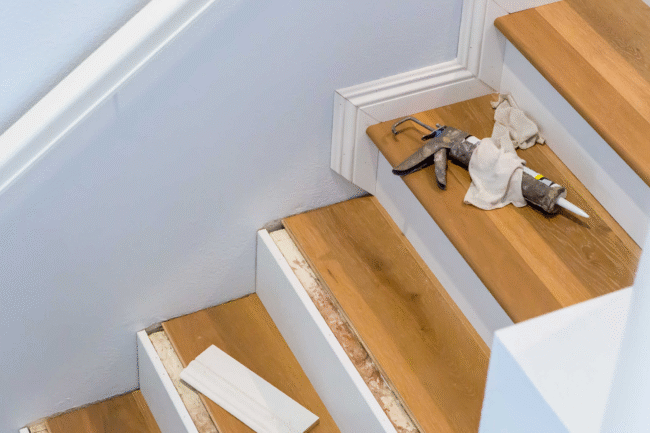
When it comes to installing hardwood stair components, one of the most overlooked — yet critical — aspects is the choice of adhesive. A strong, reliable stair tread adhesive not only secures each tread in place but also preserves the integrity and appearance of your staircase over time. Whether you’re a homeowner taking on a DIY renovation or a professional contractor managing a full-scale remodel, using the right adhesive makes a significant difference in both performance and safety.
Why Adhesive Choice Matters
Stair treads experience heavy daily use and must support both static weight and dynamic movement. Nails or screws alone aren’t enough. A high-quality stair tread adhesive provides consistent contact across the full tread surface, reducing squeaks, movement, and the risk of future repair. It also acts as a cushion that absorbs vibrations, which is particularly valuable for hardwood installations where expansion and contraction are expected with seasonal changes.
Using the proper adhesive prevents shifting and helps ensure a flush fit, especially in wood-to-wood installations. Without it, staircases can quickly develop gaps, noise, and structural issues — problems that can be both costly and time-consuming to fix.
Key Factors to Consider When Selecting a Stair Tread Adhesive
Choosing the right adhesive involves evaluating several factors:
1. Surface Compatibility
The adhesive must bond well with both the stair tread material (often red oak, white oak, or maple) and the sub-surface, which may be plywood, particle board, or concrete. Some adhesives are multi-surface compatible, while others are optimized specifically for wood.
2. Cure Time
Fast-setting adhesives are ideal for professionals aiming to reduce downtime on job sites. However, DIYers may prefer products with a slightly longer open time to allow for adjustment during installation.
3. Moisture Resistance
For staircases near entryways or basement stairs where humidity levels vary, moisture-resistant adhesives help maintain bond strength and prevent future failures.
4. VOC Content
Low-VOC or no-VOC adhesives are safer for indoor use and comply with increasingly strict building codes and environmental standards. This is especially important for homeowners working on closed-space projects.
5. Application Method
Some adhesives are available in easy-to-use cartridges, while others come in tubs or buckets. Consider what works best for your workspace and scale of the project.
Recommended Uses and Application Tips
According to experts at Stair Treads, stair tread adhesive should be applied in a continuous zigzag pattern to ensure even distribution. When working with prefinished stair treads, avoid overapplying adhesive to prevent overflow, which can be difficult to clean off the finish.
Be sure to press the tread firmly into place, ideally using weights or clamps to maintain consistent pressure during the curing process. Allow adequate time for the adhesive to set before walking on or applying finish nails to the tread. If using nails, they should be treated as a secondary fastener rather than the primary hold.
Avoid Common Mistakes
- Skipping surface prep: Dust, debris, and uneven surfaces compromise adhesion.
- Using generic adhesives: Not all construction adhesives are formulated for stair installations.
- Improper spacing: Always leave room for wood expansion per manufacturer guidelines.
Ignoring these details can lead to weak bonds and increase the risk of tread movement, creaking, or lifting over time.
Where to Find the Right Adhesive
If you’re unsure which adhesive best suits your project, Stair Treads provides a carefully selected list of adhesives known for their strength, reliability, and compatibility with hardwood stair components. Each product is reviewed for performance under real-world conditions and offers options for both contractors and DIY installers.
They also offer installation guidance, support resources, and stair parts tailored for a wide variety of home styles — making them a trusted destination for high-quality stair tread solutions.
Final Thoughts
A well-installed staircase doesn’t just add functional value — it elevates the entire look and feel of your home. And while hardwood selection gets most of the attention, the adhesive holding it all together plays an equally important role.
Taking the time to select and apply the right stair tread adhesive ensures your staircase remains quiet, safe, and attractive for years to come. With expert resources and high-grade materials available from Stair Treads, even complex installations can be handled with confidence.
